| Structure | Name/CAS No. | Articles |
|---|---|---|
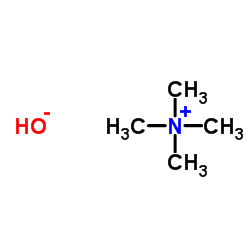 |
Tetramethylammonium hydroxide
CAS:75-59-2 |
|
 |
Sodium hydroxide
CAS:1310-73-2 |
|
 |
Ethanol
CAS:64-17-5 |
|
 |
3-Aminopropyltriethoxysilane
CAS:919-30-2 |
|
 |
3-Ethyl-2,4-pentanedione
CAS:1540-34-7 |
|
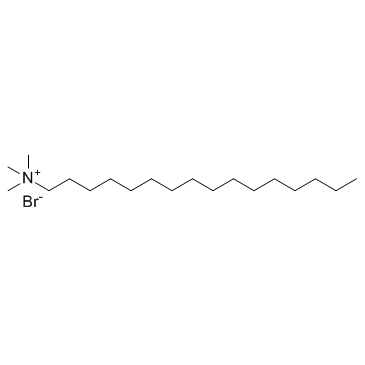 |
Hexadecyl trimethyl ammonium bromide
CAS:57-09-0 |
|
 |
3-Isocyanatopropyltriethoxysilane
CAS:24801-88-5 |
|
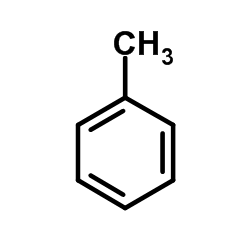 |
Toluene
CAS:108-88-3 |
|
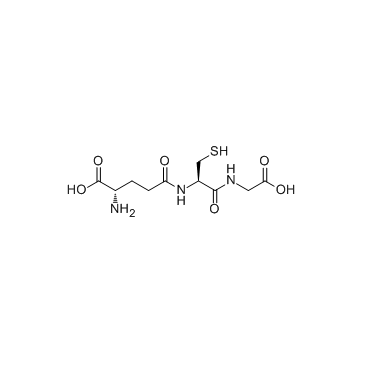 |
Glutathione
CAS:70-18-8 |
|
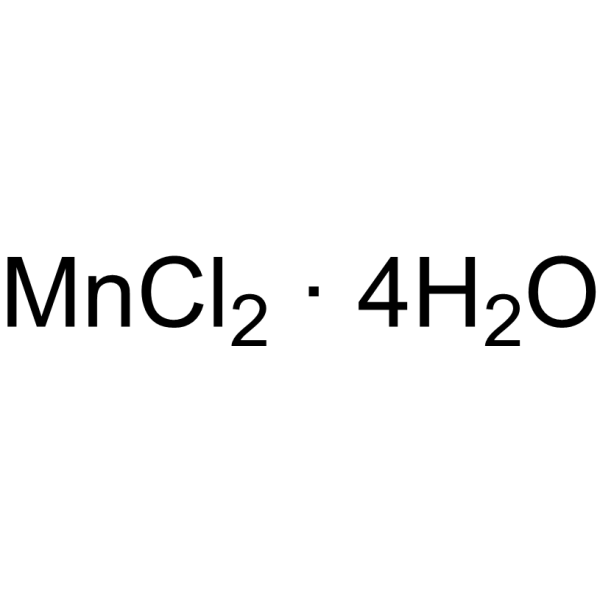 |
Manganese chloride tetrahydrate
CAS:13446-34-9 |